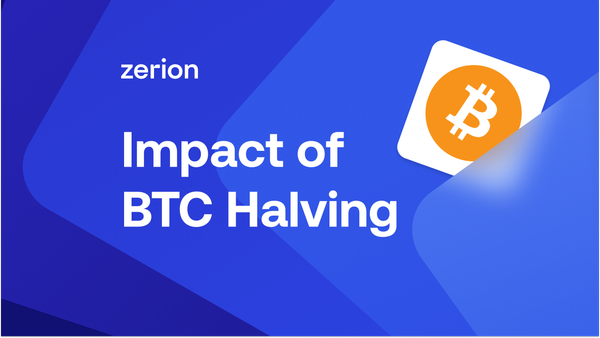In this guest post, Vladislav Virtonen, a Minerva University graduate, shares the results of his in-depth research that estimated the impact of Bitcoin halving on its price.
Bitcoin's halving events have attracted widespread attention. Every 210,000 blocks (~ four years), the Bitcoin mining reward halves, curbing the rate at which new Bitcoin enters circulation. While the crypto community precisely predicts and widely anticipates these events, is each halving already “priced in”? And even more importantly, is this expectation grounded in solid evidence, or are we simply witnessing a correlation mistaken for causation?
In my research, I tackled these critical questions through rigorous causal analysis, employing a causal inference technique known as the Synthetic Control Method (SCM).
What Exactly Did I Study?
My primary objective was straightforward yet challenging: to isolate and measure the direct causal impact of the two most recent Bitcoin halvings (which occurred in April 2024 and May 2020) on Bitcoin's price over the subsequent three months. Unlike simple correlations often highlighted by media and analysts, my study carefully controlled for broader market trends and other potential influences (like ETFs, institutional money inflow, etc.).
How Did I Measure the Impact of Bitcoin Halving?
I used SCM, a method that constructs a hypothetical scenario – here, a "synthetic Bitcoin" – using a weighted combination of other cryptocurrencies that did not experience the halving (which could have happened to Bitcoin if, for instance, a majority miner vote decided that). By comparing actual Bitcoin price movements post-halving with this synthetic Bitcoin, I was able to isolate the price effect directly attributable to the halving itself. Such an inference is possible thanks to key assumptions, such as that the control cryptocurrencies I used were not directly influenced by the halving, and that no other interventions or shocks coincided with the treatment.
With this approach, I am addressing the fundamental problem of causal inference.
What Did My Models Reveal?
I found strong evidence supporting the hypothesis that the 2024 Bitcoin halving positively impacted Bitcoin's price. Specifically, the price of Bitcoin grew by 24.55% within the next 3 months after the halving solely due to the halving event, controlled for all the other factors affecting the price. To put it in perspective, that accounts for one-fifth of the total percentage change in the price of Bitcoin during the study period, from April 2nd, 2023, to July 21st, 2024 (17 months). This indicates that despite being so well-anticipated, Bitcoin halving is likely not priced in.
Interestingly, however, applying the same methodology to the 2020 halving did not produce statistically significant evidence of a price impact, likely due to major external shocks, such as the COVID-19 pandemic, that overshadowed the halving's effects.
Want to Dive Deeper?
For those interested in exploring my comprehensive analysis, including detailed methodologies, robustness checks, and further discussion of assumptions and implications, please access the full study here.

